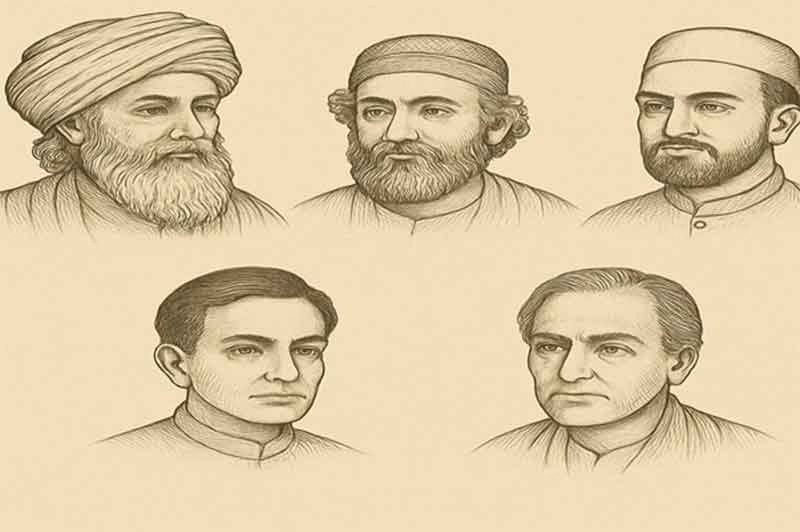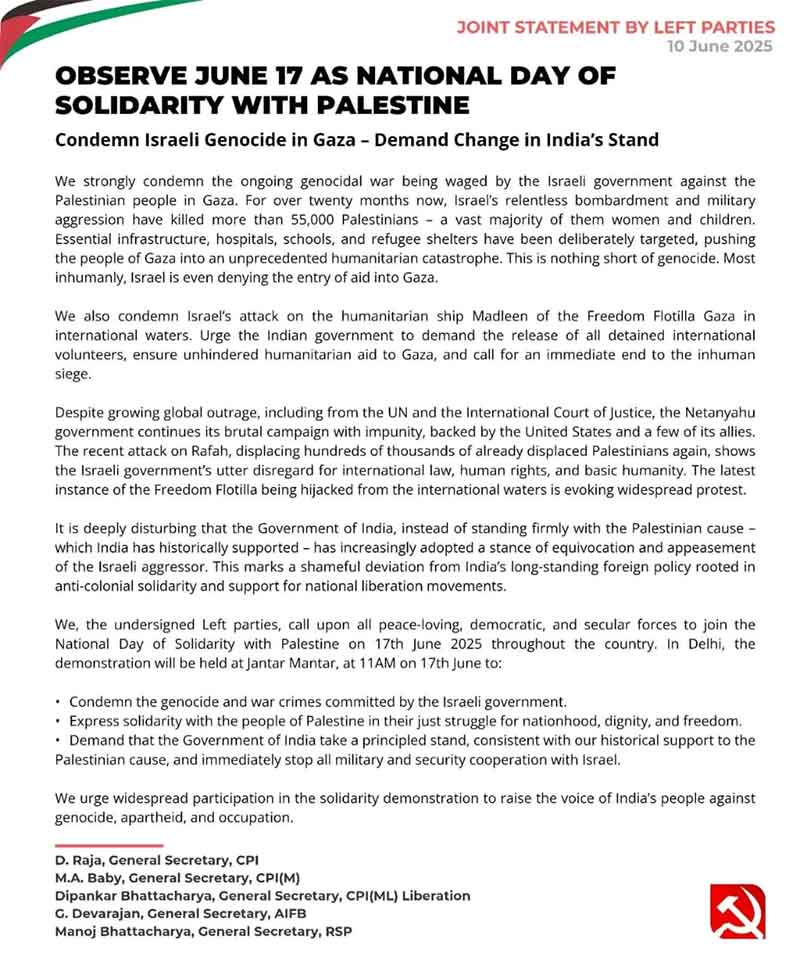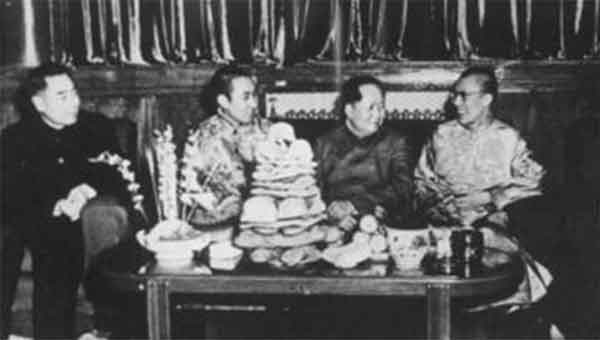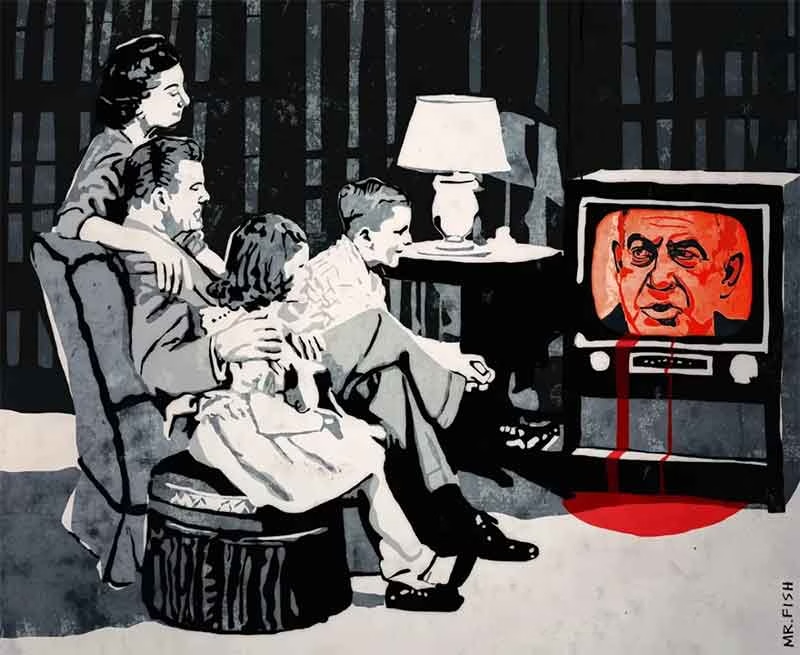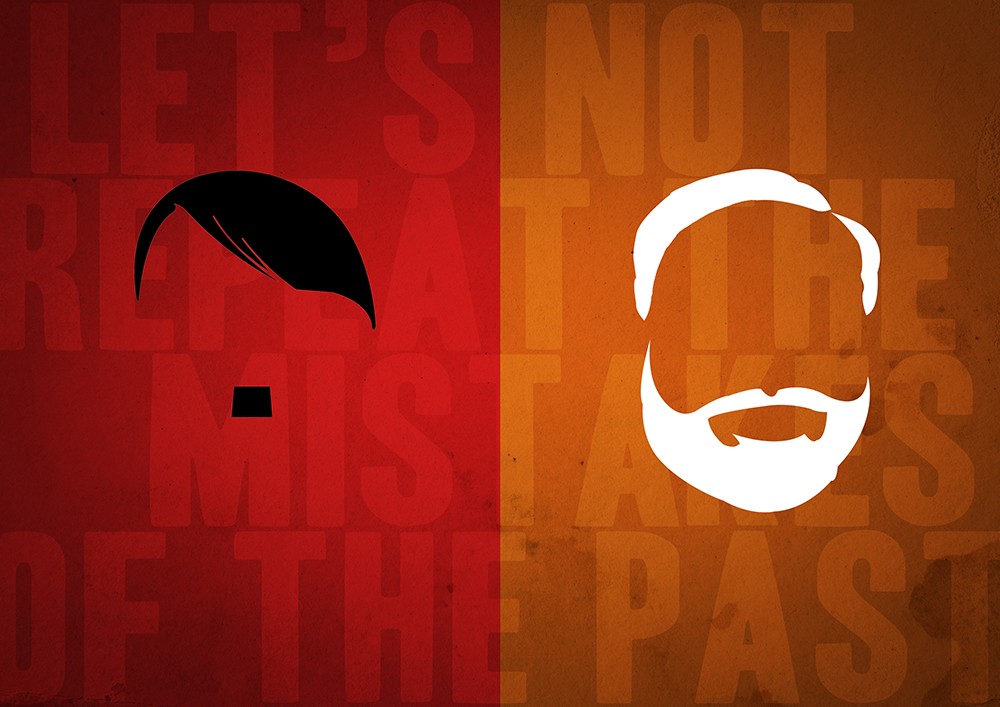
Urdu poetry often has a literal, direct, superficial meaning, and an indirect, deeper, real meaning, which the poet conveys through metaphors, hints, suggestions, allegories and indications. So often one has to wrack one’s brains to understand what the poet is really trying to say.
A good example of this is the sher ( couplet ) of the famous Urdu poet Faiz Ahmed Faiz :
” Gulon mein rang bhare baad-e-naubahaar chale
Chale bhi aao ki gulshan ka kaarobaar chale “
What does this mean ?
Literally it means :
” Among the flowers a colourful breeze of the new spring is blowing
Come, so that the work of the garden can be done “
But that is only the literal superficial meaning, not what the poet is seeking to convey. The real meaning is something totally different.
To know it one must first understand the historical context. The poem was written in 1954 by Faiz when he was in jail, implicated in the Rawalpindi conspiracy case, and could have even been hanged. Hence he had to write in very guarded, indirect, metaphorical language, not directly
To understand what Faiz is really seeking to convey we must realize that the word ‘gulshan’ in the sher is not to be understood literally. While literally it means a garden, here it means the country
The first line ( misra ) really means :
” The objective situation in the country is ripe for a revolution “
The second line really means :
” Come forward patriots, the country, needs you “
Thus, understood correctly, it is not a love poem at all, but a call to patriots to come forward and help the country, which is in great distress.
The sher, though written in 1954, would be apt for the situation prevailing in India and Pakistan today.
Further reading:
The True Meaning Of Faiz’s Poem ‘Gulon Mein Rang Bharay’
Justice Markandey Katju is a former judge of the Supreme Court of India. He was also the Chairman of the Press Council of India.



